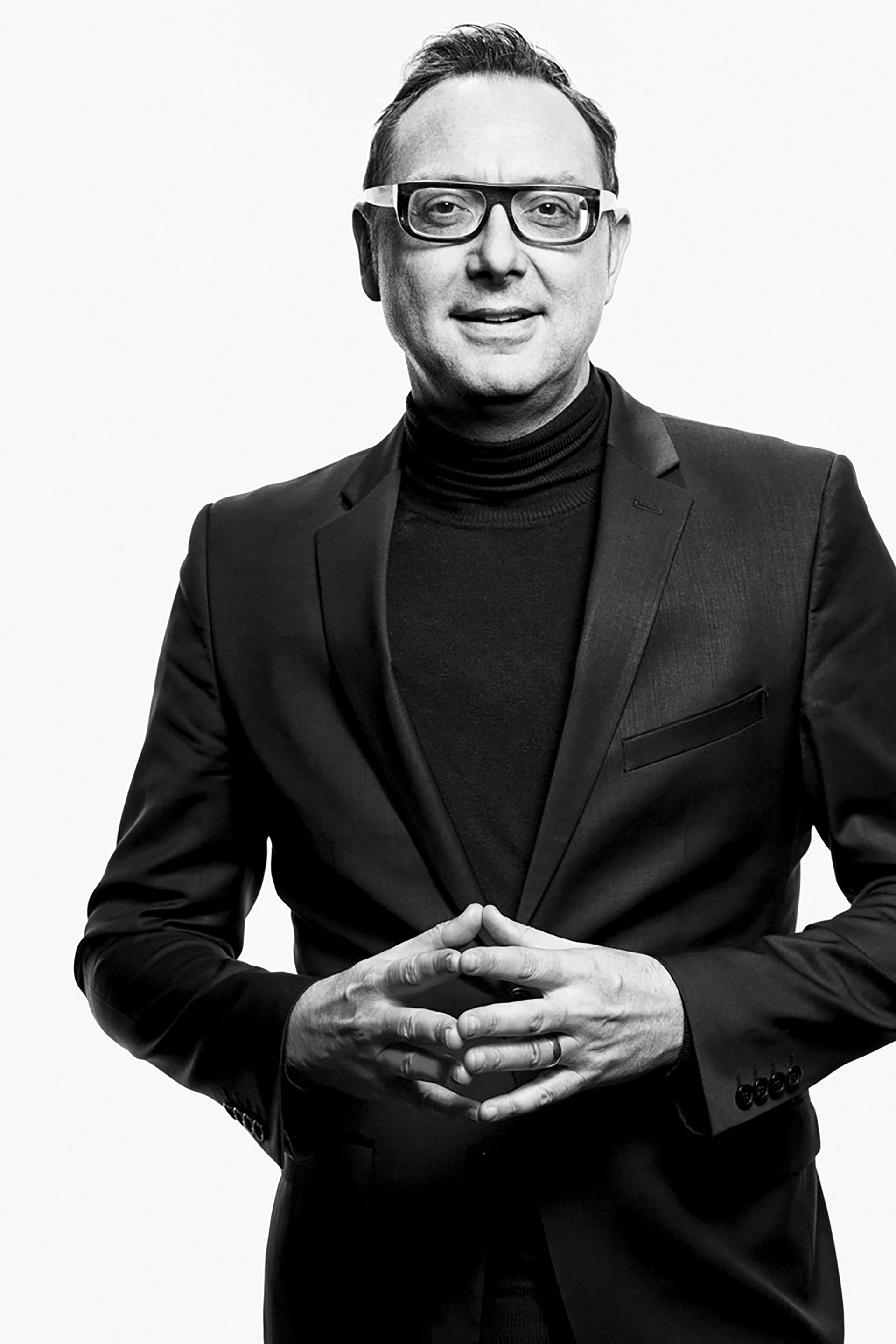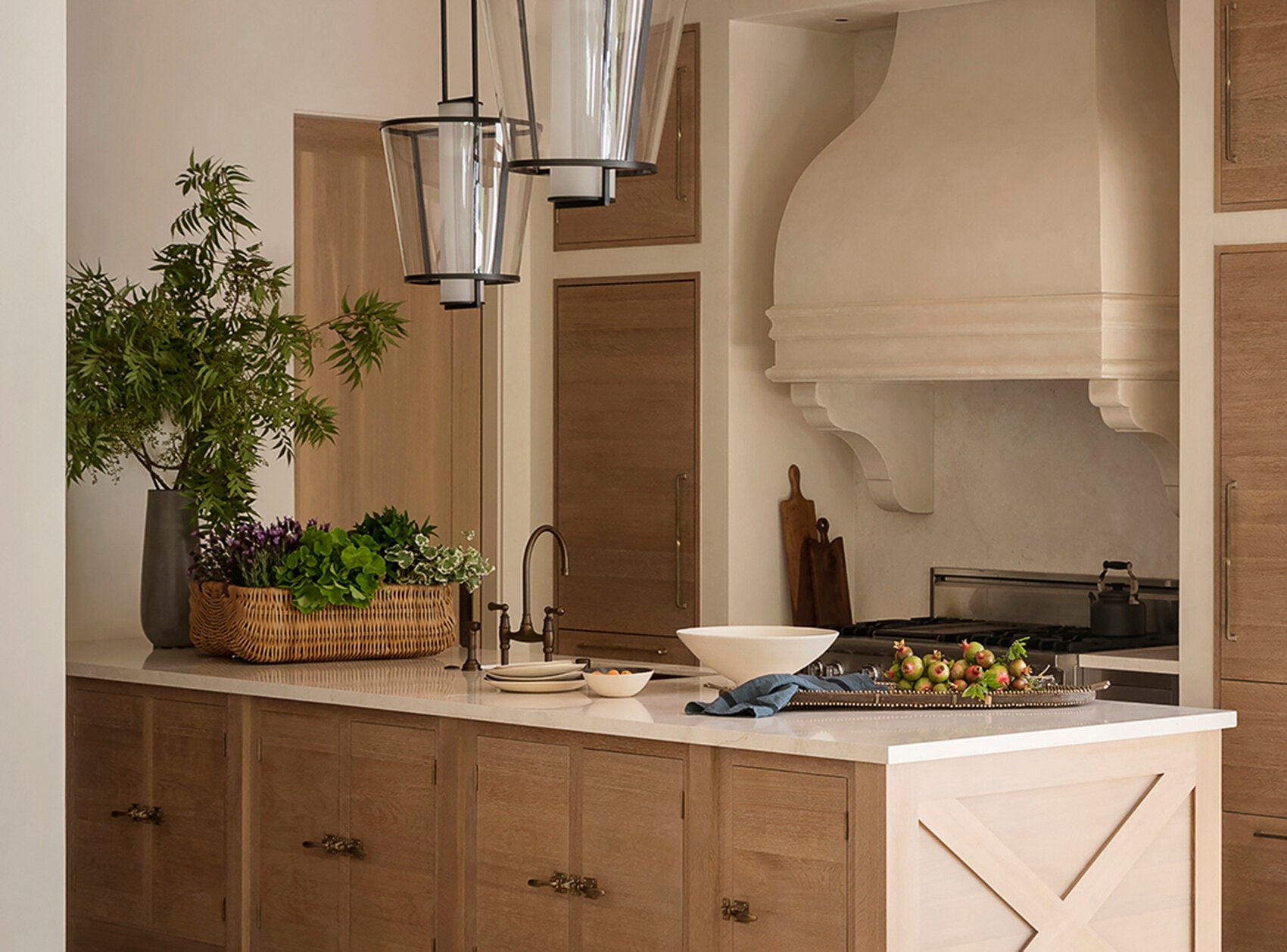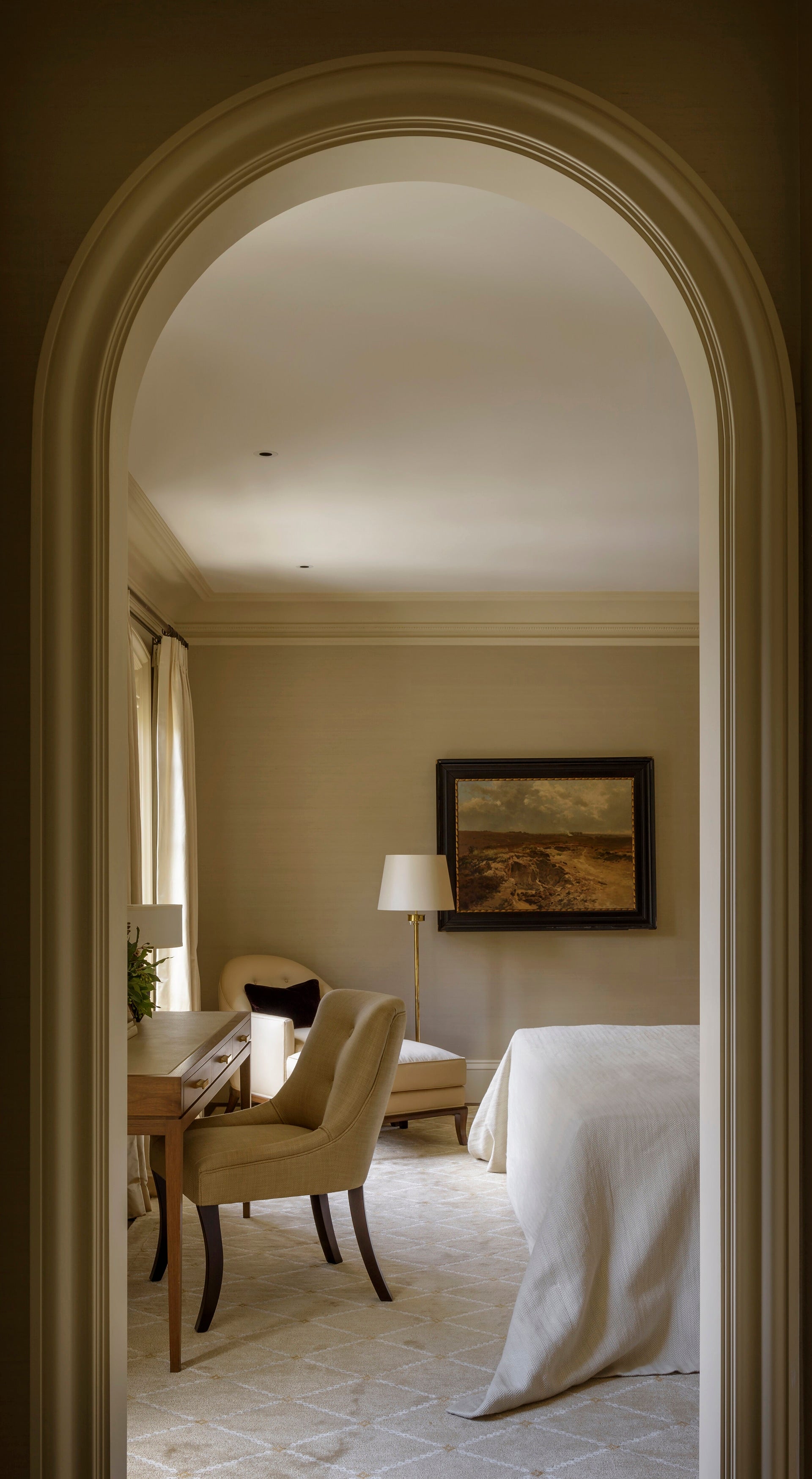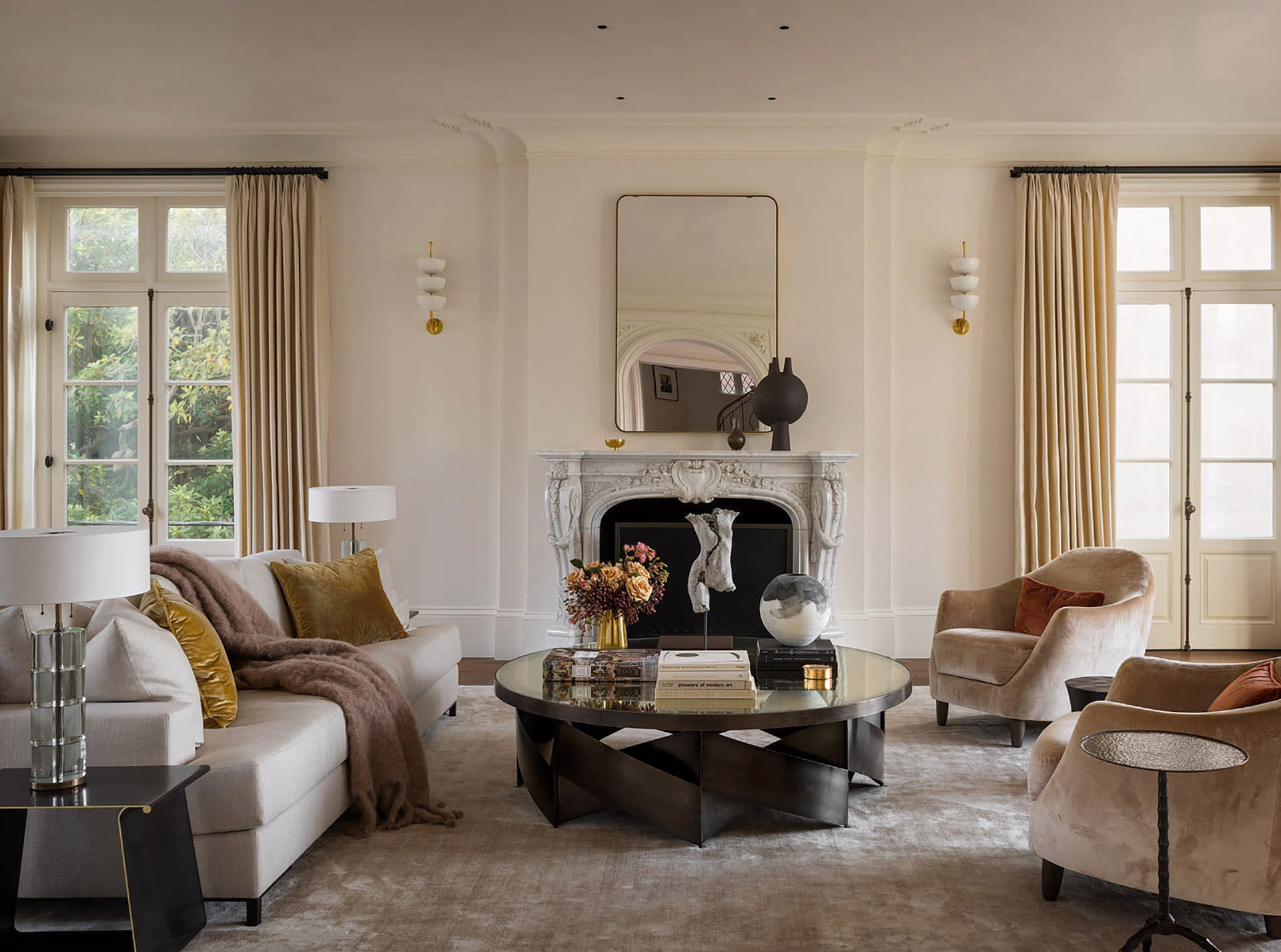Richard Felix-Ashman's approach to interiors is to let the outside world in. Focusing on the harmony of natural materials and neutral hues, the Mill Valley-based designer creates purposeful and serene spaces that feel connected to nature. Living in amongst the coastal redwoods of Northern California, that connection to the outdoors inspires both his everyday life at home and his work. He and his firm, Richard Felix-Ashman Design, recently finished a Hudson Valley, NY project that renovated a 4,000 square foot horse barn into a stunning and welcoming weekend retreat for his clients that utilizes the lofty ceilings and grand dimensions of the home. We had a chance to chat with the British-born interior designer on how California has always been a source of inspiration, his movement into sustainable design, why lighting needs to be carefully considered with any home project.
Photography provided by Richard Ashman Design, Shot by Aaron Leitz

Where did your passion for interior design come from?
I grew up in England, where I went to art college, design school, and grad school before moving to the US.I began my career as an architect and am licensed still in California. I worked in different studios, trying to find my voice as a designer. I am admittedly a late bloomer, as I didn’t realize my ambition to be an interior designer until mid-way through my design career.
How did you turn that passion into a professional career?
I was fortunate to find an interior design mentor who encouraged me to make the change from architecture to interior design. She was a pivotal influence in my career journey.
You live and work in Mill Valley. How does Northern California inspire your designs?
Moving to California was a dream from an early age. I had a love for the culture and counter-culture, as do many Europeans, I think. Through poetry, music, art, film, environmentalism, California as an ideal permeated my youth, and when I finally visited on vacation as a 20-something, I decided I had to be here. I made it my primary ambition. It is difficult to define a Northern California style, but I feel it is about a connection to the outdoors, the use of natural materials, and a progressive worldview.
What do you love most about living in Mill Valley?
Mill Valley is a very special place, and I feel blessed to live here. Our house is surrounded by coastal redwoods and a creek at our front door—it’s incredibly peaceful. We were fortunate to find a ‘tiny’ home, which is perfect for our lifestyle.

What is your design philosophy?
I do not have a manifesto. Each project is unique, and I start fresh, dependent upon client and place. However, I do follow certain patterns due to my design values. I tend toward a framework of natural materials and neutral tones with small moments of color. I use rugs sparingly. I tend to prefer rooms without them, but that’s not always possible.
Tell us a bit about your journey into green and sustainable interior design.
It’s a continual journey of education and awareness. Thankfully many, many figures in our industry are on the same journey of discovery and innovation, but we have a very long way to go.
What is one thing you wish more people knew about ethical and sustainable design?
Small actions, when taken collectively, can significantly impact the wider world and economy. Clients can set the ethical parameters for a project and ask their architect, designer, and contractor to follow those guidelines. If the client has a strong ethical foundation in their life, it’s not only ok, but I encourage them to interview, hire, and push the team accordingly.

What is one thing you wish more people knew about ethical and sustainable design?
Small actions, when taken collectively, can significantly impact the wider world and economy. Clients can set the ethical parameters for a project and ask their architect, designer, and contractor to follow those guidelines. If the client has a strong ethical foundation in their life, it’s not only ok, but I encourage them to interview, hire, and push the team accordingly.
What qualities do you like to always be present in your designs?
Good lighting! I cannot stress this point enough. On larger projects, a lighting designer is a key team member, and on smaller projects, a good architect or designer should be capable of designing and selecting all the fixtures. For the homeowner not working with a design professional, there are many great online resources available. Pay attention to color rendition, warmth, placement, controls, layering, and energy use.
From connecting with the client to bringing the design to life, what are your favorite moments throughout the design process?
My favorite part of the entire process is when the construction finishes, and we are waiting for the furnishings to arrive. Walking through the spaces and anticipating the installation is a real joy and a rare moment of introspection.
What’s one interior design trend that you feel is underrated?
I’m not big on trends, but I have a personal love of small things, small spaces, and smaller houses.
What is your go-to place for inspiration?
I have a lot of books, which serve as my reference points. Books are really important to my design process.


Three accounts we all should be following on social media:
My favorite Instagram accounts are all photographers. I love photography, and I find real peace in looking at a thoughtfully made photographic image. Ayako Takaishi makes beautiful and philosophical still lives from simple objects. Rachel Bracco has a gift for finding small moments of beauty in the commonplace. And duo Albarran Cabrera, their images transcend time and place. Truly remarkable artists.
What are some at-home rituals you started in quarantine that you’ll carry with you post lockdown?
I do my best work when working from home. As a firm, we are going to try to continue with a non-commute work-life. One personal benefit, in addition to reducing footprint, is that I now take a real lunch break outside amongst the redwoods, instead of working through lunch at my desk. It is wonderful!
Is there a dream project you have in mind?
There are so many! 1930s Mediterranean, coastal cottage, 1950’s modern, a boutique hotel, a plant-based restaurant… My wish list is actually endless.
What is the most important thing you have learned throughout your career?
That sometimes it takes a while before you find your true path. And that’s ok. But when you find it, put your whole self into it.
What’s next for Richard Felix-Ashman Design?
We hope to meet more wonderful and inspiring clients!
